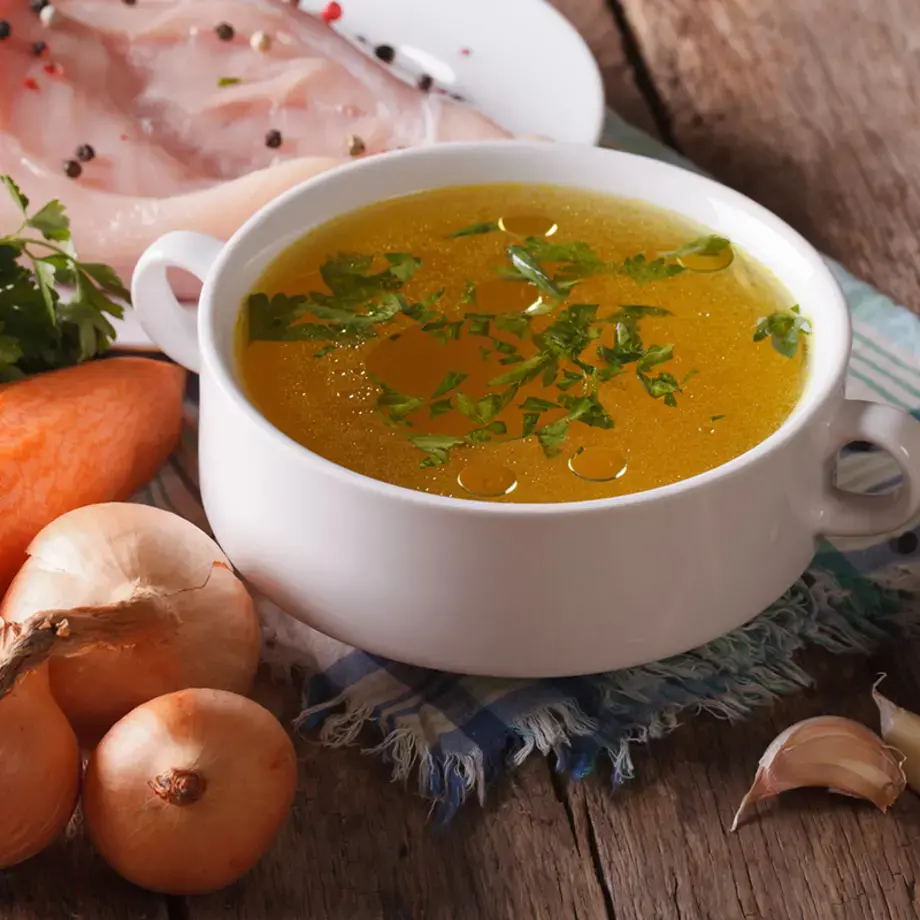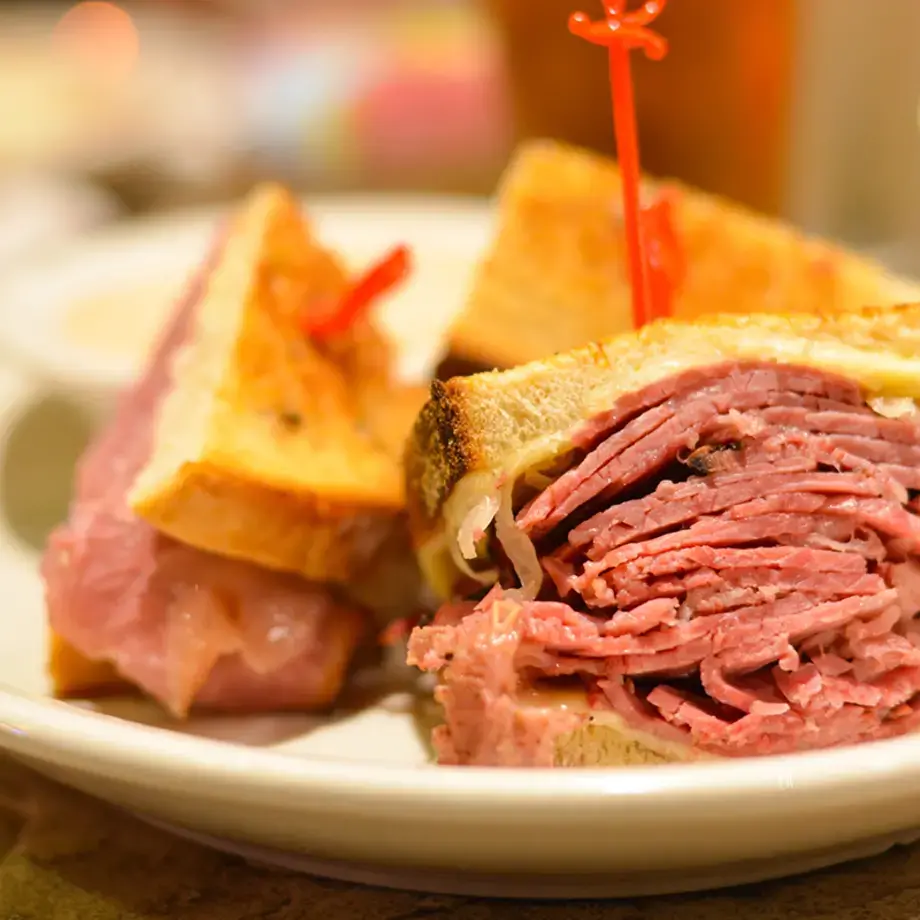There’s nothing quite like a cool, crisp glass of white wine on a hot summer’s day. Try one of these delicious summer wines and you’ll see what we mean.
White wine is also a useful ingredient to have to hand when cooking, with light, summery dishes in particular often calling for a splash or two. White wine can bring many things to a dish, including acidity, sweetness and depth of flavour. It may also be used to deglaze a pan or to tenderise meat. But if you’ve run out, or you prefer not to cook with alcohol, there are several white wine substitutes that will also do the job.
Apple Cider Vinegar is a great substitute for white wine. It has a similar flavour profile, with both sweetness and acidity, and can be used to add depth of flavour or to deglaze a pan. It does have a slightly stronger tangy flavour than white wine, however, so you may wish to mix it with a little water, particularly if your dish has a delicate balance of flavours.
White Wine Vinegar, as you may have guessed from the name, is a vinegar made from white wine, and so it shares many of the same flavours, with the advantage of being completely alcohol free. Being a vinegar, it is more acidic than white wine, so as with apple cider vinegar, you may wish to dilute it with water.
Apple Juice is a good option if your recipe calls for a sweet white wine. It will add a touch of sweetness to your cooking, but it does lack the acidity, so it works best with a dash of lemon juice or vinegar to balance the sweetness. Because it lacks some of the complexity of white wine, it is best used to make lighter sauces, and should be avoided for particularly savoury or salty dishes.
White Grape Juice has a similar grape flavour and colour to white wine, but without the alcohol. Like apple juice, however, it is sweeter and lacks the acidity of white wine. Add some vinegar or lemon juice for a more balanced flavour, and avoid heavier, saltier dishes.
Ginger Ale may not have the exact flavour profile of white wine, but it does have similar levels of both sweetness and acidity, and is a good replacement for a sweet white wine. It will add a noticeable hint of ginger, however, so you may need to consider whether this will clash with other flavours in your dish.









